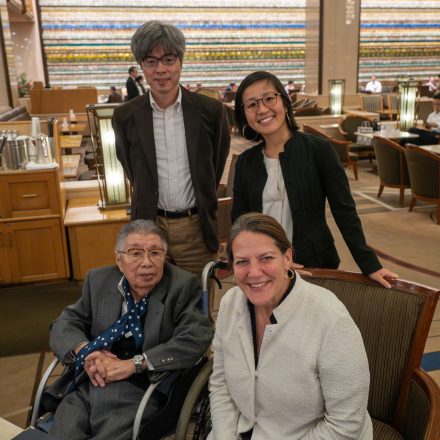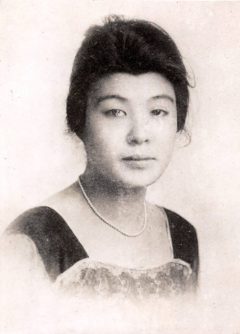President Connie Book on the power of human connections in the time of artificial intelligence.

During a recent United Nations forum on internet governance and artificial intelligence in Kyoto, Japan, I had the opportunity to work with a team of faculty and staff leaders from around the world to promote six principles to guide university teaching and use of the new technology.
The first fundamental principle states people should stay at the center of higher education’s efforts with AI, prompting us to ask important questions like, “Are people fairly represented in the data being used?” “Has the datafication of this community created holes in our understanding?” Or, my favorite, “Is this true?”
I am a researcher of technology, so I am particularly excited that Elon is taking the lead in this new effort and the global traction we have received. But, in all honesty, the reason I was so excited to travel to Japan was not for the U.N. session on AI; it was the complete opposite. I was excited to cross the Pacific Ocean to make a human connection, a chance to meet the family of Toshio Sato, Elon’s first international student to graduate in 1920.
Since arriving at Elon, I had heard the impressive story of Toshio, how she arrived in 1914 during World War I and would take six years to complete her studies, graduating valedictorian of her class.
it was an important reminder that while we welcome new technology and the many assets it brings, the power of people to inspire us will never be replaced by something artificial.
The story of Toshio’s unlikely journey to Elon and her success while here always struck me as remarkable. A few years ago, when our archival team provided background reading on Toshio, the love her classmates felt for her was evident. They wrote to her after World War II asking if she and her children were well and when she replied that everyone was safe, her former Elon classmates were overjoyed. Several folks from Elon would make the trip to Japan by boat to visit with her and share news of the experience in the alumni bulletin. I never forgot about Toshio and thought if one day I went to Japan, I might have a chance to meet her living family members. The U.N. meeting provided that opportunity.

Finding Toshio’s living relatives proved challenging. We contacted the U.S. Embassy, which offered some information. Ultimately, we engaged a Japanese genealogist who helped us locate Masaharu Kato, her grandchildren, great nieces and great nephews. My office staff was thrilled when one day we received an email from Toshio’s grandson, Yusuke Kato, a professor at the University of Tokyo.
“Is this letter real?” he asked. “Are you seeking to connect with my father about his mother Toshio Sato?”
“Yes,” we wrote. “We are real and would be honored to meet you.”
A meeting at the Imperial Hotel in Tokyo was arranged with Masaharu and Yusuke. We also had the good fortune of connecting with Chika Kusakawa ’09, who lives in Japan and agreed to accompany us as an interpreter. As fate would have it, Chika remembered reading about Toshio in her Elon 101 class with Dr. Danieley and had often wondered what happened to her — a testament of how even today, Toshio is inspiring a new generation of Elon students. I invite you to read the details of the moving visit we had with the Kato family in the fall/winter issue of The Magazine of Elon.
It was a powerful human connection that took place 103 years after Toshio graduated, across the globe and during a global meeting on AI. For me, it was an important reminder that while we welcome new technology and the many assets it brings, the power of people to inspire us will never be replaced by something artificial.


